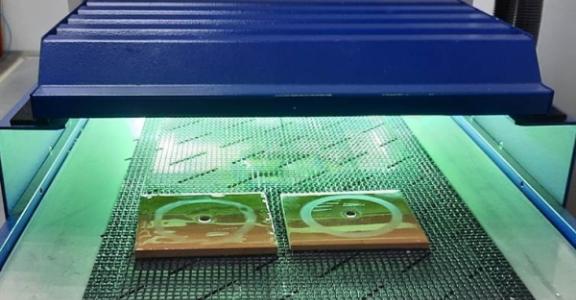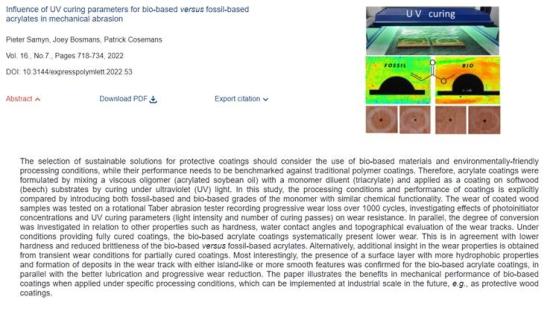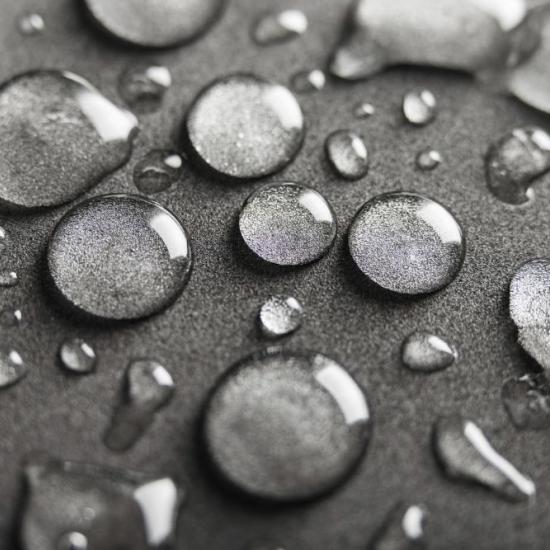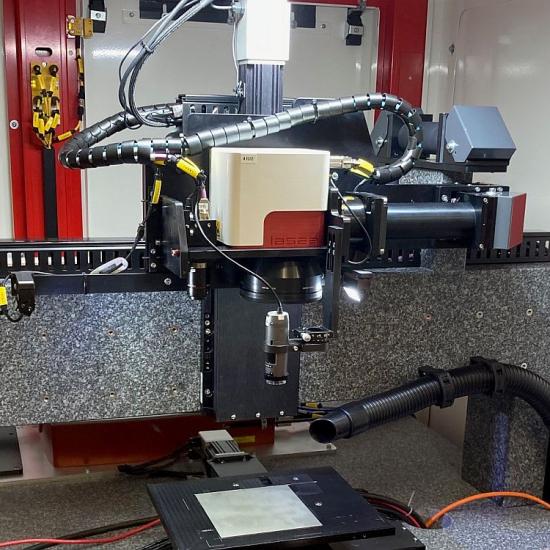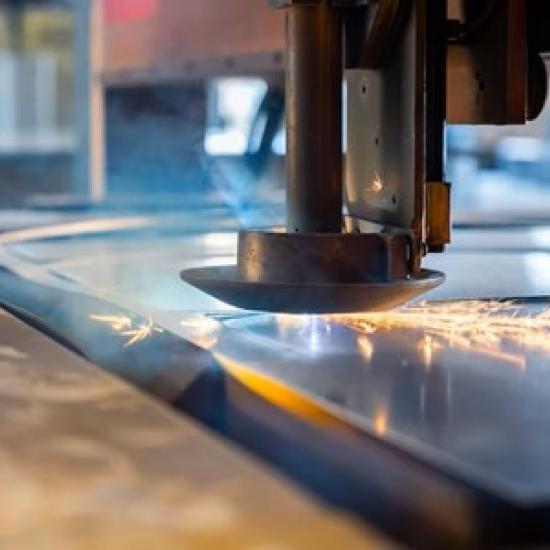With the BioCoat project, Sirris is supporting companies in the transition towards a bio-based economy by providing practical guidelines in the application of bio-based alternatives for traditional coatings. In particular, the performance of bio-based acrylate coatings has recently been extensively evaluated as protective coatings for wood substrates.
Protecting natural wood surfaces against environmental factors, microbial decay and water damage is particularly important for flooring and furniture applications. While respecting the natural origin of wood substrates, research has indicated that protective coatings from renewable resources can be selected, with better performance than traditional fossil-based coatings.
Moreover, the processing conditions under UV radiation curing offers an environmental advantage for fast curing, while excluding the need for solvents. However, the transition from fossil towards bio-based coating application needs a good understanding on the influences between processing conditions and the final coating performance.
Demonstration study
Researchers at Sirris made a demonstration study on the influences of UV curing conditions on the mechanical resistance of acrylate coatings, comparing both the bio-based and fossil-based coating types.
"Our study is an important illustration of how the performance of bio-based acrylate coatings turns out to be superior to that of traditional fossil-based acrylate coatings in terms of better mechanical resistance and water protection," Pieter Samyn says. "However, one needs to make a proper selection of processing conditions for the bio-based materials in order to boost their properties and have full benefit of their potential. Then, the additional functionalities of the coatings may be fully exploited."
In this case, the bio-based coatings presented a monomeric surface layer with favourable lubricating properties and higher ductility rather than the more brittle behaviour of fossil-based coatings. In particular, the experience within the Smart Coatings Application Lab and access to semi-industrial scale infrastructure for processing and characterisation of UV curable coatings was crucial in this research.
"This study shows companies in the BioCoat steering committee that a systematic approach pays off in terms of a longer coating lifetime. However, experimental evaluation of coating formulation and processing still remains the most efficient way for coating development", Joey Bosmans adds. "Therefore, we are cooperating with partners over the entire valorisation chain, including raw material suppliers, coating developers and end-users for better understanding of their needs and application requirements."
Link to the original research paper (free for download): http://www.expresspolymlett.com/issue.php?y=2022&n=7
The paper 'Influence of UV curing parameters for bio-based versus fossil-based acrylates in mechanical abrasion' has been written by Pieter Samyn and Patrick Cosemans, Sirris
